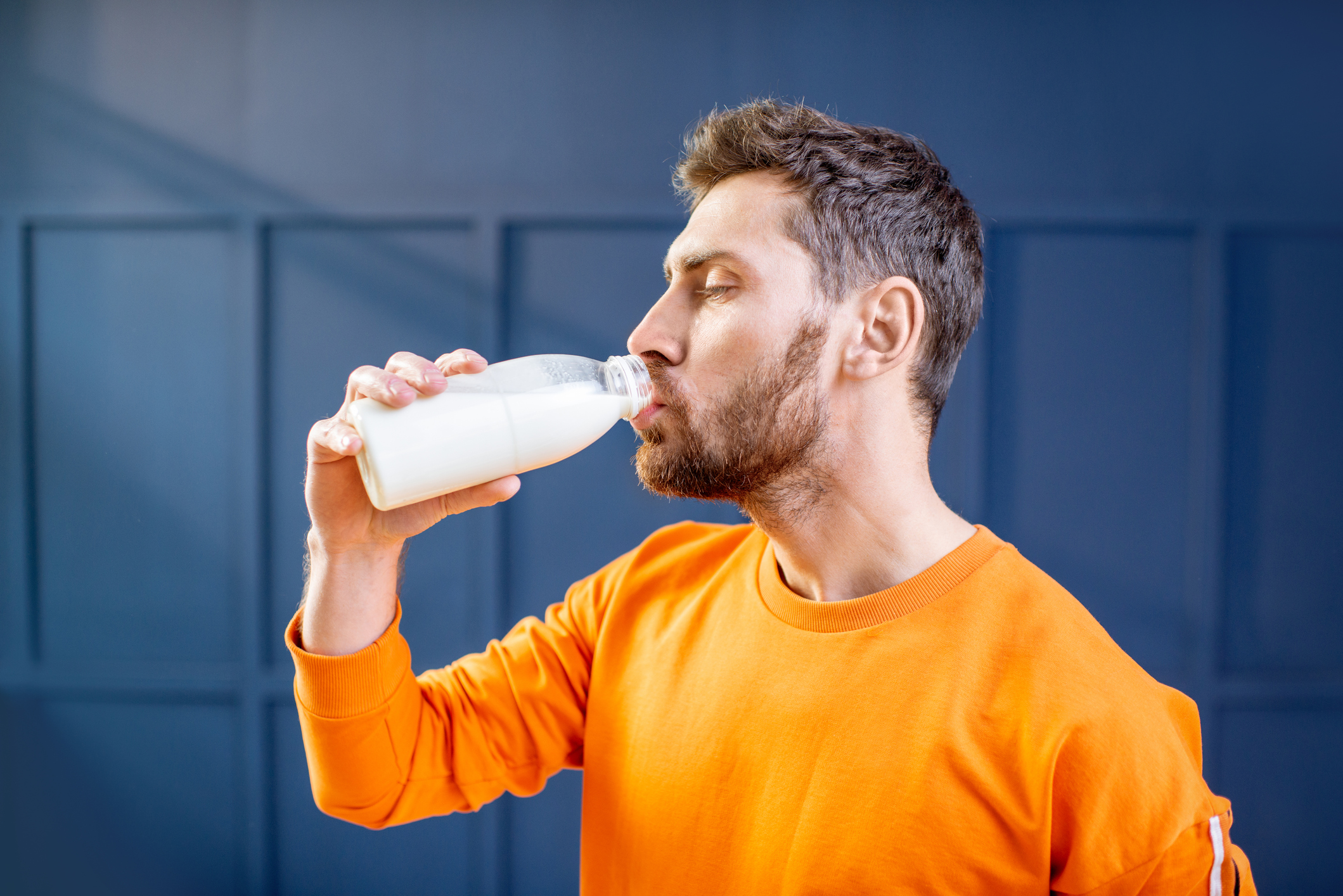

You may remember a couple of years ago when Consumer Reports tested juices and found surprising amounts of toxic heavy metals.
At that time, we shared that five of the tested juices contained enough heavy metals to threaten the health of adults if they drank four ounces per day, and five more contained enough heavy metals to threaten the health of adults if they drank eight ounces per day.
If you still haven’t given up juice, a new study has emerged that shows just how widespread these toxins are — not only in juice but also in so-called “health” drinks that have become increasingly popular…
From juices to plant-based milks, sodas and tea
Long-term exposure to arsenic can cause skin and lung cancer, neurological damage and heart disease. And exposure to cadmium can cause neurological damage, chronic obstructive pulmonary disease (COPD), hypertension and kidney disease.
They are just two of 25 toxic metals and trace elements researchers at Tulane University tested levels of in 60 commercially available beverages.
It wasn’t much of a surprise to them that mixed-fruit juices contained elevated concentrations of toxic metals more often than other drinks. But it might surprise you as much as it did me to learn they found the same high levels in plant-based milks, like oat and almond.
In fact, out of the 60 drinks tested:
- Five contained levels of toxic metal exceeding federal drinking water standards.
- Two mixed juices had levels of arsenic above the 10 microgram/liter standard.
- A cranberry juice, a mixed carrot and fruit juice and an oat milk each had levels of cadmium higher than the 3 parts per billion standard.
- Seven of the 25 elements tested exceeded drinking water standards in some of the drinks: nickel, manganese, boron, cadmium, strontium, arsenic and selenium.
- Lead was detected in more than 93 percent of the 60 beverages, though most contained very low levels. The highest level was found in a lime sports drink, but it was still below both EPA and WHO standards for lead in drinking water.
The highest risks are to children and infants and the experts advise limiting these types of drinks.
Says lead author Tewodros Godebo, a Tulane University professor, “Arsenic, lead, and cadmium are known carcinogens and well established to cause internal organ damage and cognitive harm in children, especially during early brain development.”
Should adults be concerned?
Even if the amount in this latest study of beverages was considered “low risk” for adults, you must consider your exposure from other sources — and for good reason…
Exposure to heavy metals can increase risks for cardiovascular disease by increasing oxidative stress in the blood vessels. Air pollution has been found to do the same and contribute to cognitive decline — even at levels well below the U.S. National Ambient Air Quality Standards for fine particulate matter (PM2.5) and ozone.
Some heavy metals are found naturally in soil, but industrial pollution has led to a surge. Water runoff pollutes the groundwater and makes its way to farmland. Particulate matter (PM), tiny particles of air pollution, has strong potential for absorbing toxic metals that may enter the body through inhalation.
At this point, there may not be much you can control about your exposure through the air, water and soil, but you can cut down on known sources — like these beverages — that bring these dangers directly into your body.
There are also steps you can take to promote the elimination of toxic heavy metals. For instance, Dr. Michael Cutler has written about “chelators” that bind to heavy metals to remove them from the body. You can also eat cleansing foods like organic vegetables, particularly broccoli.
Sources:
Study finds elevated levels of toxic metals in some mixed-fruit juices and soft drinks — EurekAlert!
Toxic metals and essential elements contents in commercially available fruit juices and other non-alcoholic beverages from the United States — Journal of Food Composition and Analysis

